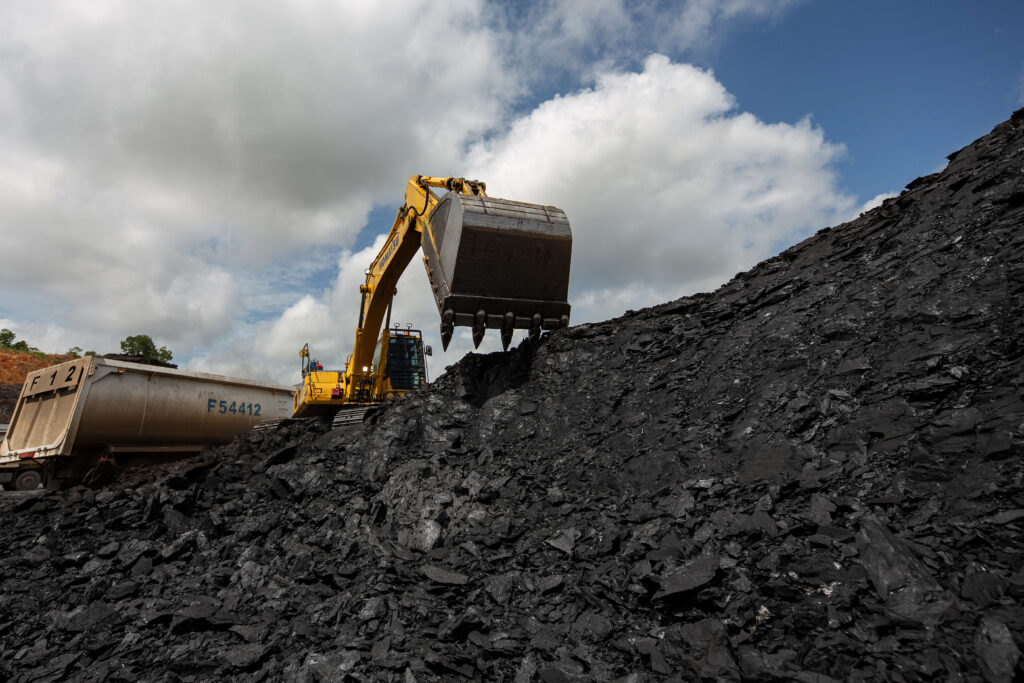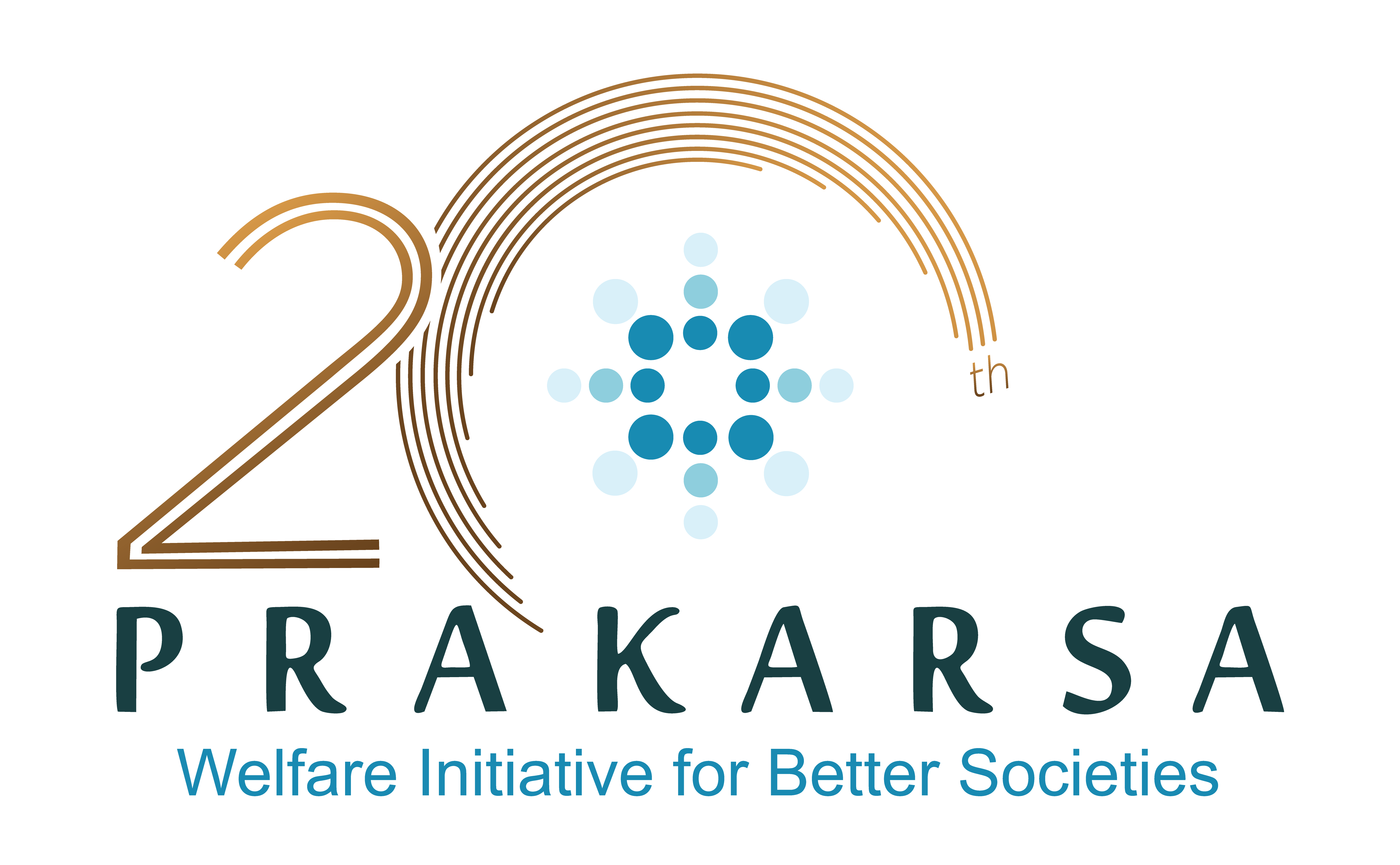
By: Herni Ramdlaningrum (The PRAKARSA) & Yekti Pratiwi (Ministry of Finance of Indonesia)
Indonesia faces significant environmental and health challenges due to its reliance on coal-powered plants. Recognising the urgent need to transition to more sustainable energy sources, the Indonesian government has embarked on a strategic journey toward the early decommissioning of coal-powered plants.
Indonesia is one of the world’s largest coal producer and consumer, with 254 operational coal-fired power plants with a total capacity of 51.56 gigawatts (GW). There are an additional 40 plants under construction and five plants that are in the pre-permit stage. Despite the target to reach net-zero emissions by 2060, only a limited number of coal-powered plants have been planned for early retirement. This is due to the need for more political will, stringent criteria, and financial support from financial institutions and donors.
Effective diplomacy and political determination are crucial for Indonesia as it balances the concerns of diverse stakeholders. These include investors, the government, coal power plant and mining workers, and the general public. Addressing the demands of interest groups linked to the coal industry, that are resisting the phase-out of coal-fired power plants due to financial uncertainties and challenges, can impede progress toward a low-carbon economy.
The phase-down of coal power cannot be achieved overnight. Outgoing Indonesian President Joko ‘Jokowi’ Widodo and his cabinet have prepared a timely roadmap for coal power phase-down. There can be no smooth shift to a decarbonised economy if, at the same time, there are no stringent measures to control the entrance of new coal-powered units. The government should impose stricter regulations and higher standards for new power plants and only consider projects with advanced cleaner technologies.
Conventional views that coal-fired power plants should have multi-decade operational lifespans are increasingly being challenged by the urgent need for climate action and sustainable development. The economic rationale behind the long lifespan of coal plants was based on the significant initial investment required for their construction, which necessitated extended operational periods to ensure profitability and return on investment.
But this perspective overlooks the broader environmental, health and social costs associated with coal power, which are impossible to ignore in the face of the global climate crisis and public health concerns. When evaluating coal-fired power plants, it is crucial to factor in the ‘true cost’ of coal power, which includes the negative externalities on local communities and ecosystems. This approach provides a stronger economic argument for coal-fired power plant projects not being justifiable in comparison to cleaner alternatives.
Concerted strategies and efforts from the government, industry and communities are also necessary in the post-decommissioning stage. After a coal-fired power plant is decommissioned, various post-decommissioning strategies should be considered and managed to facilitate the process.
The first approach involves repurposing existing infrastructure for alternative energy generation purposes or projects needed by the community. This could entail transforming abandoned sites, such as decommissioned power plants into renewable energy hubs like solar or wind farms.
For instance, in a coastal area like Java island, repurposing a coal-fired power plant could greatly benefit local communities adversely affected by the plant’s operations. By integrating renewable energy into the community’s grid, energy can power facilities essential for local fishers, such as refrigeration units to freeze their catch. Leveraging the existing power distribution systems, these renewable projects can seamlessly integrate into the community’s energy grid. It is essential that the community is actively engaged in the decision-making process to ensure alignment with local needs and priorities. Through this strategic asset repurposing, not only can the value of decommissioned plants be maximised, but it can also significantly contribute to sustainable development and welfare.
The second approach involves focusing on environmental remediation. A thorough post-phaseout environmental assessment to identify contaminants and clean-up operations to remediate soil, water and air pollution is required to minimise environmental impacts and promote sustainable practices in the energy sector. A sustainable post-clean-up land use could then occur. Considering the health and environmental implications of coal-fired power plants is essential to prioritise public health and environmental wellbeing.
The third approach is to empower economic transition and diversification, providing new employment opportunities in sectors other than coal and to implement retraining, vocational and educational programs to help former coal-fired power plants workers transition to new industries. This approach is crucial in regions where decommissioned power plants are repurposed to renewable projects as the new jobs will involve a higher skill requirement. Facilitating social support systems for workers and their families, including career consultation, job placement services and financial assistance during the transition is essential.
The three strategies encompass establishing a comprehensive long-term monitoring and evaluation framework to analyse outcomes and gain insights from the successes and failures of phasing out coal. They emphasise that Indonesia’s energy transition should be equitable and beneficial for all communities.
***
This article originally appeared on eastasiaforum.org under the title “Indonesia’s burning coal dilemma”. Click to read: eastasiaforum.org

